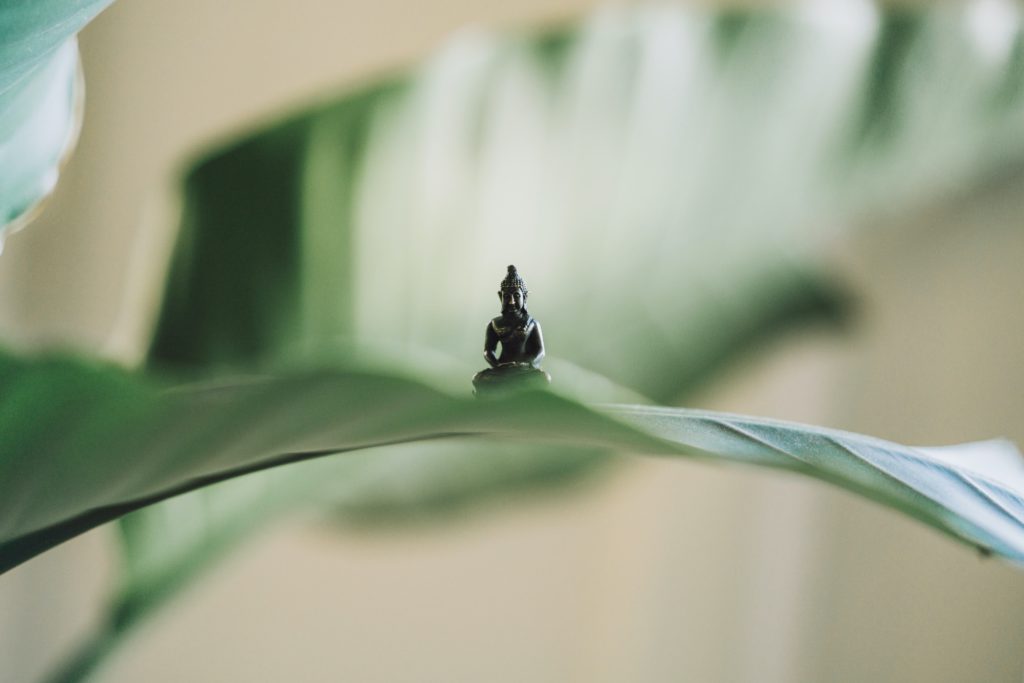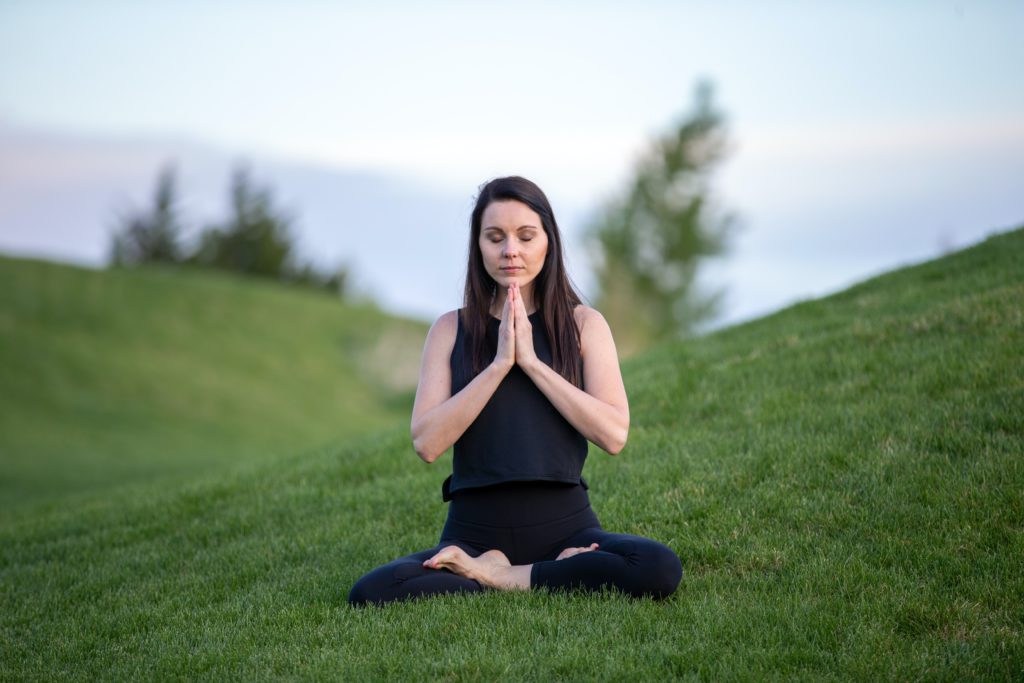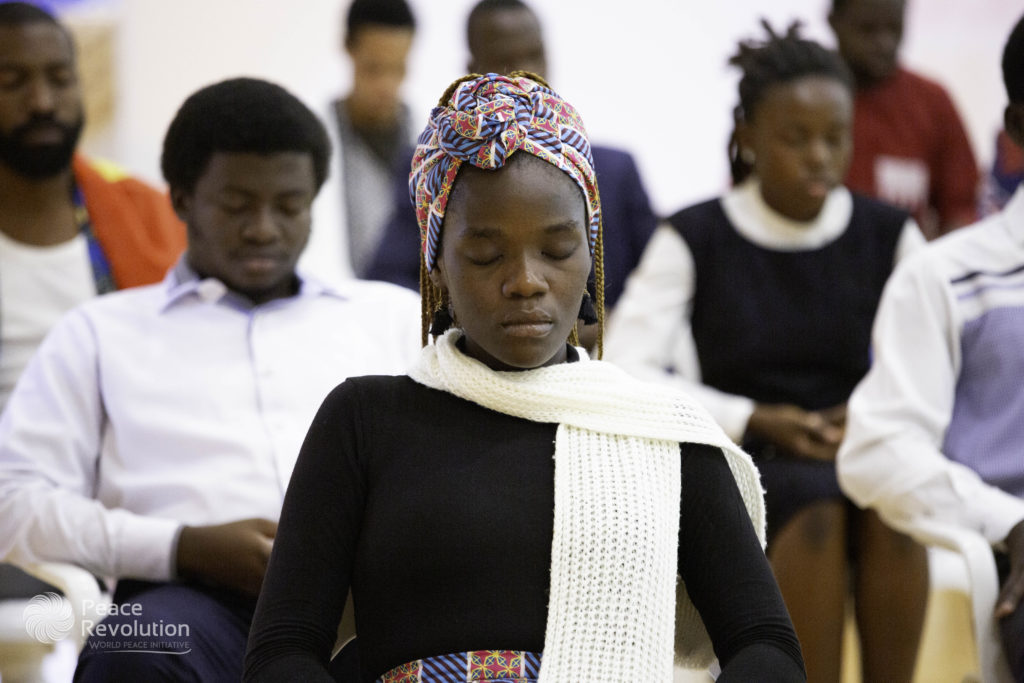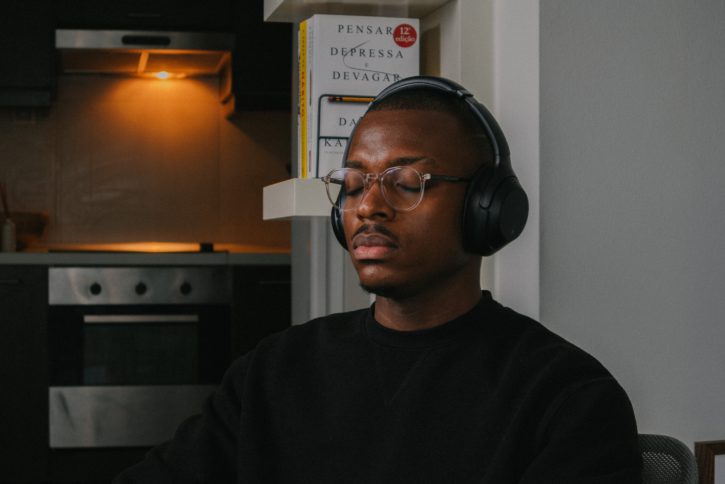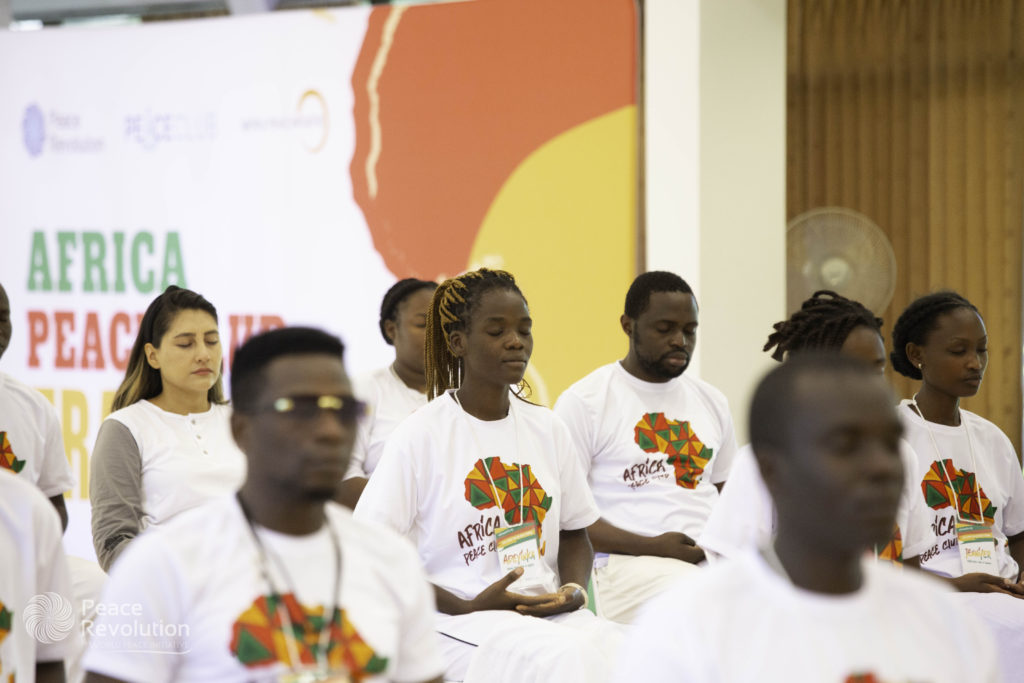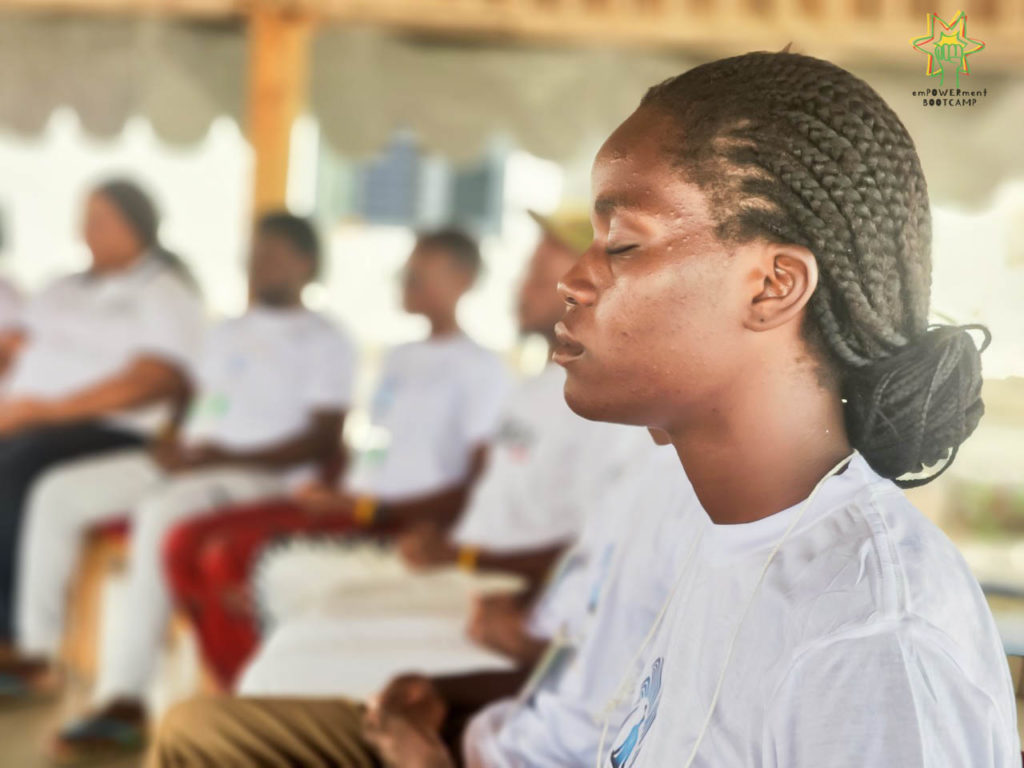Ask yourself for a moment: What is the usual focus of your attention? Are you able to direct your attention towards whatever you want? How many times in a day are you looking for distractions and avoid being in the present moment? Do you feel that you are spending more energy in trying to change things in your life rather than enjoying the ones you already have? Behind these questions lies a vital necessity in the human being that could be realized and fulfilled by analyzing the nature of our attention.
The other day I was painting a wall of my home. While painting, I realized that the perpetual state that characterizes the life of a human being is that of being attentive to something. At this moment my attention was placed on the wall and the brush I was painting with. Sometimes it shifted towards some thought that wanted to manifest in my mind, but for a few hours, the basic foundation of my attention was the activity of painting the wall.
Can we escape from being attentive?
Human beings live constantly in search of objects that give us stability as a support for our attention, just as we seek stability in any area of our lives. Our attention cannot disappear without our individual consciousness, which is the basis of our sense of existence, also disappearing with it.
By not having a stable place or object to rest our attention on, normally what we do is look for external objects to hold on to. External objects, however, are changeable and ephemeral. That is why we begin to get nervous when we are in an environment without many stimuli or activities to do, or when we have to be alone for a long time.
Perhaps it has happened to you that when you have seen yourself with a lot of free time you have started to feel a bit restless. The ultimate cause of this is not having a secure object to put your attention on. You can be non-active, but you cannot be non-attentive. You can suppress your actions, but not your attention. Also, wherever you place your attention on, is where you will direct your action.
Thus, a human being may have a background fear, similar to the fear of death, that being the possibility of not having objects of attention available to himself. When we do not know which object attend to, when we get tired of attending to an object, when we do not want to attend to what is happening in the present, or when the objects which we attend cease to be interesting for us, we are in a state of inner restlessness that we try to solve looking for other external stimuli. This inner restlessness triggers a pattern of constant mental dispersion.
Thus, for many, work ends up being not only the means of satisfying an economic need, but also the means of satisfying the need to pay attention to something. This is why, when we have holidays, instead of resting we try to get distracted by something or plan a trip to go somewhere.
The danger of spending energy on changing things rather than living them
The boom of entertainment industries in developed countries illustrates this fact. The present success in the film, theatre, musical or media industry, in part comes from its capacity to offer something stimulating to our mind, ensuring that our need to pay attention on something will be alleviated for a few hours.
It is true that the pleasantness or attractiveness that things carry in themselves sometimes triggers the change or the selection of the objects we choose to attend to. However, before that occurs, we find that we have the underlying need to look for an object that gives us a guarantee of stability of the use of our attention. That’s why we panic more to find ourselves without an external object to attend to, than to attend to neutral stimuli. (Not sure what you mean by neutral?)
This is quite clear when we take a trip. The satisfaction we find by doing this activity often lies in making plans, setting objectives and finding the means to fulfil them rather than in the realization of the purpose itself. Probably, our objective when doing a trip is to visit some site. However, we usually spend more time planning and using the means of transport to get there than visiting the place we want to visit. In fact, few people would want to stay longer than an hour visiting the place they wanted to visit, without doing anything other than just being there. Soon after arriving there, we are already thinking about the next place we will go.
Now, maybe it is easy to realize this phenomenon when traveling, however, it is more difficult to realize that it could occur exactly the same in our journey through life. And this is more dangerous. If this happens, we will be spending more energy in trying to change things than enjoying those that we already have.
Places where our mind can always rest
There is only one solution to avoid falling into this trap: to develop our capacity to realize and attend to stable and permanent objects. Among these objects, there are only two that our awareness can easily access: our own consciousness and the present moment.
By “our own consciousness” I mean everything that we are experiencing inside us, from our emotional states, our breathing, our body, our thoughts, or those phenomena that spontaneously spring to our mind. These kind of objects are always available to our attention. The problem is that we try to avoid them, maybe because of the fear to find something in our inner lives we don’t like, maybe because external objects seem more appealing to us.
However, this endless external search for objects of attention may become a cause of instability and unhappiness in our lives. That’s why the philosopher Blaise Pascal stated that “all of man’s misfortune comes from one thing, which is not knowing how to sit quietly in a room”.
The present moment embraces all these internal phenomena and also whatever which is manifesting in our lives here and now. There is always something that is coexisting with us, sharing its existence with us right now. Again, we might reject it and choose unconsciously to attend to a mental fantasy about the past or the future, but the present, ultimately, is the only moment where we live our lives.
The present is actually the most stable support of our attention. If we are willing not to run away from our experience, whatever it may be, we will always be content and serene wherever and whenever we are.
This is the reason why it is of vital importance to train our attention so that we don’t have any problem to focus it on stable objects. Meditation is a useful tool in order to develop such ability and master the use of our attention. If you don’t know how to start, you might find helpful to look at our free self-development programme here.


